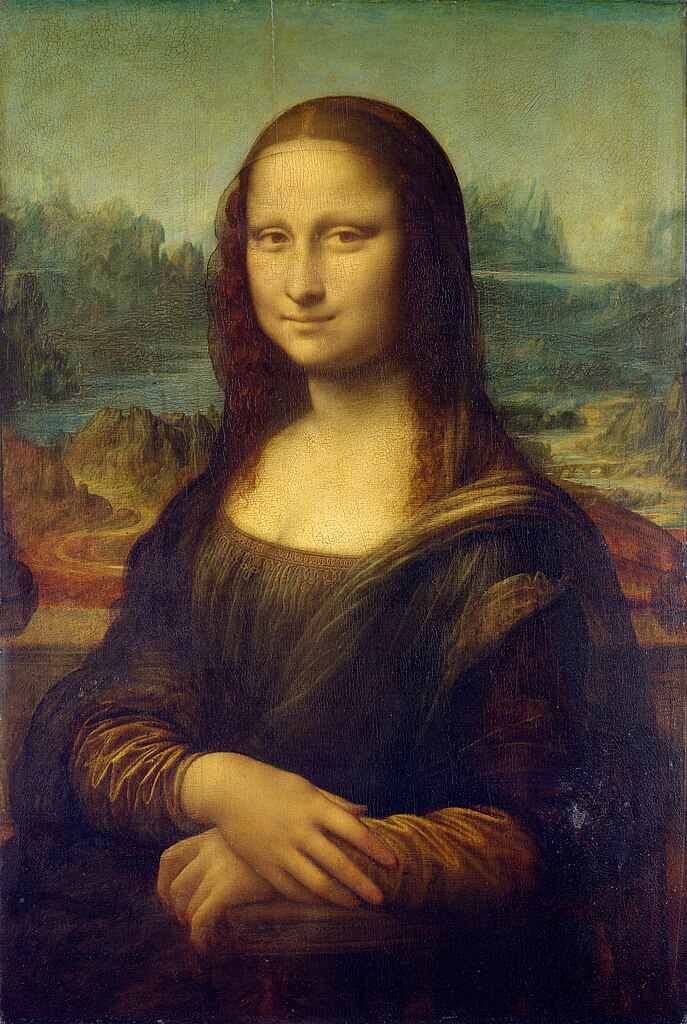Art is often evaluated with the emotion it evokes from us or the way it makes us feel. This association between art and feelings is bridged by the nervous system. Therefore, the worlds of art and neuroscience become inseparable considering our thoughts and feelings are dictated by our brains.
Our brain is fundamentally controlled by neurons which send chemical signals through synapses to communicate with each other. The pathways in which these signals travel determine how we think, act and feel. By understanding these circuits, we are able to understand the basic principles of how the brain operates. These pathways can be distinguished through brainbows. Brainbows distinguish each neuron from each other by adding fluorescent color to specific proteins. In this way, these brain circuits can be identified to promote scientific discovery while producing a beautiful image.
One way in which our brain interprets art is through lines. Although things are not distinctly outlined in real life, we are able to perceive line drawings as reality. Lines are not real, yet we think them to be. We are able to do so because the way in which we understand lines utilize the same neural process that allows us to perceive the edges of objects.
Artists who understand brain perception are able to make their art much more complex and dynamic. An example of this is Leonard da Vinci’s Mona Lisa. If you look directly at her eyes, she appears to be smiling; however if you look directly at her mouth, her smile fades. This is due to the way your peripheral vision effects your perception. Da Vinci intentionally blurred the lines of the mouth to create that mystery with her expression.
Creative capability stems from the brain. Without neuroscience, we would be unable to appreciate art the way we do now. And the understanding of this advancing field will only help artists to push new boundaries and evoke new emotions from their viewers.
Works Cited:
"Brainbow." Center for Brain Science. Center for Brain Science at Harvard University, n.d. Web. 18 Nov. 2013. <http://cbs.fas.harvard.edu/science/connectome-project/brainbow>.
"How Do Neurons Work?" University of Bristol. University of Bristol, 27 Sept. 2011. Web. 19 Nov. 2013. <http://www.bris.ac.uk/synaptic/basics/basics-2.html>.
Landau, Elizabeth. "What the Brain Draws From: Art and Neuroscience." CNN. Cable News Network, 01 Jan. 1970. Web. 19 Nov. 2013. <http://www.cnn.com/2012/09/15/health/art-brain-mind/>.
Maria, Cara Santa. "Neuroscience & Art: Margaret Livingstone Explains How Artists Take Advantage Of Human Visual Processing (VIDEO)." The Huffington Post. TheHuffingtonPost.com, 07 Jan. 2013. Web. 20 Nov. 2013. <http://www.huffingtonpost.com/2013/01/07/neuroscience-art-margaret-livingstone_n_2339429.html>.
Vesna, Victoria. “Conscious / Memory (Part 1).” Lecture. 19 Nov 2013. <http://www.youtube.com/watch?feature=player_embedded&v=DLVQIwOn7o8>



No comments:
Post a Comment